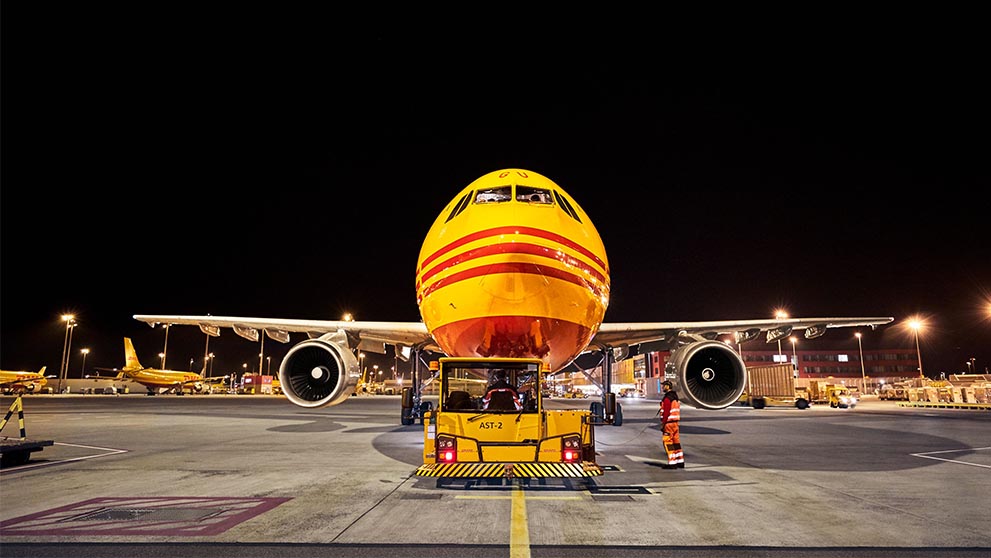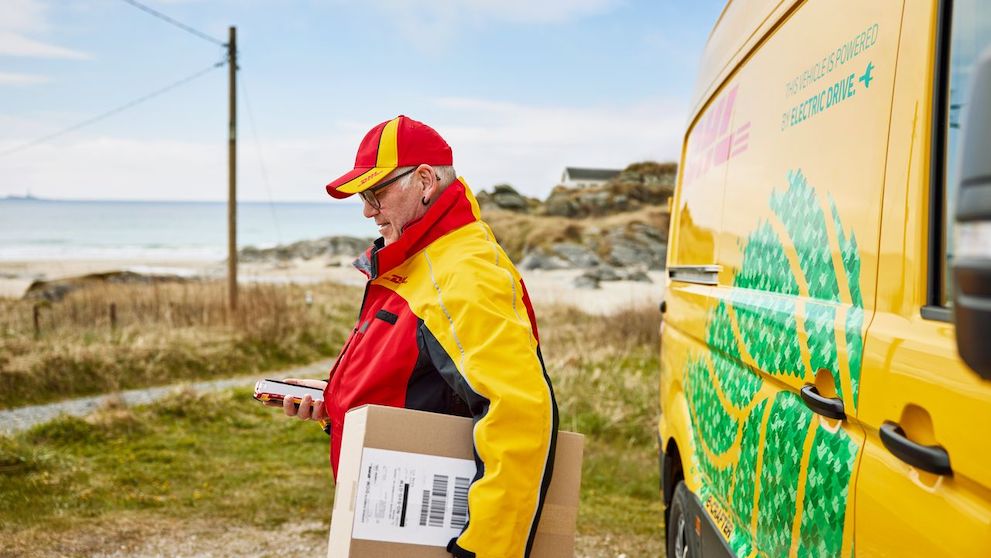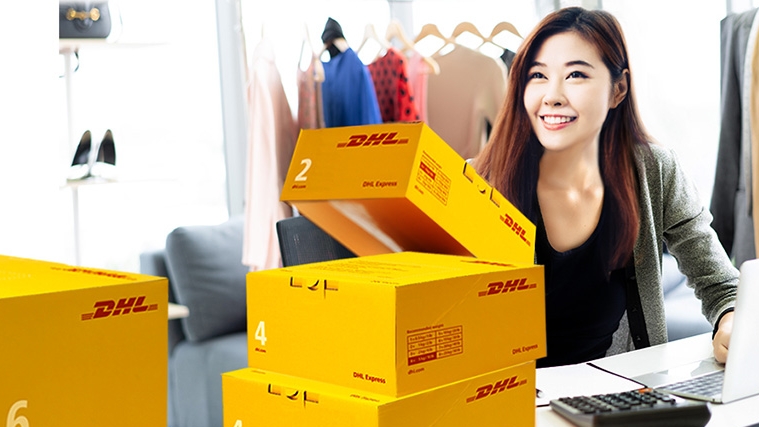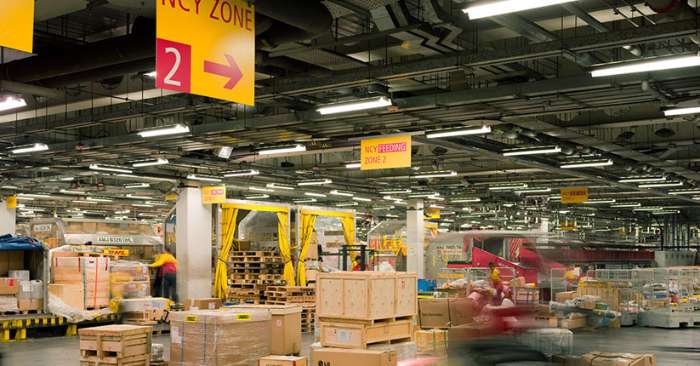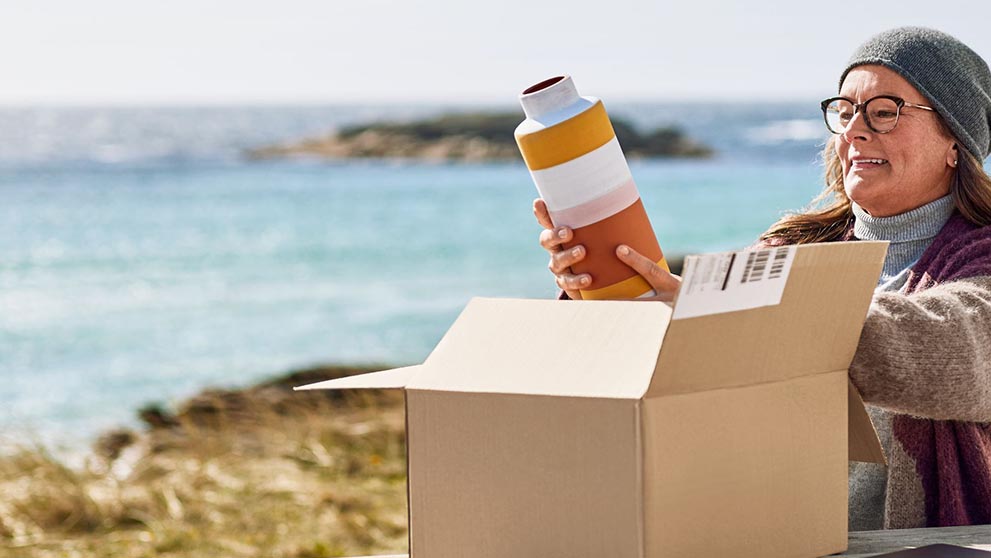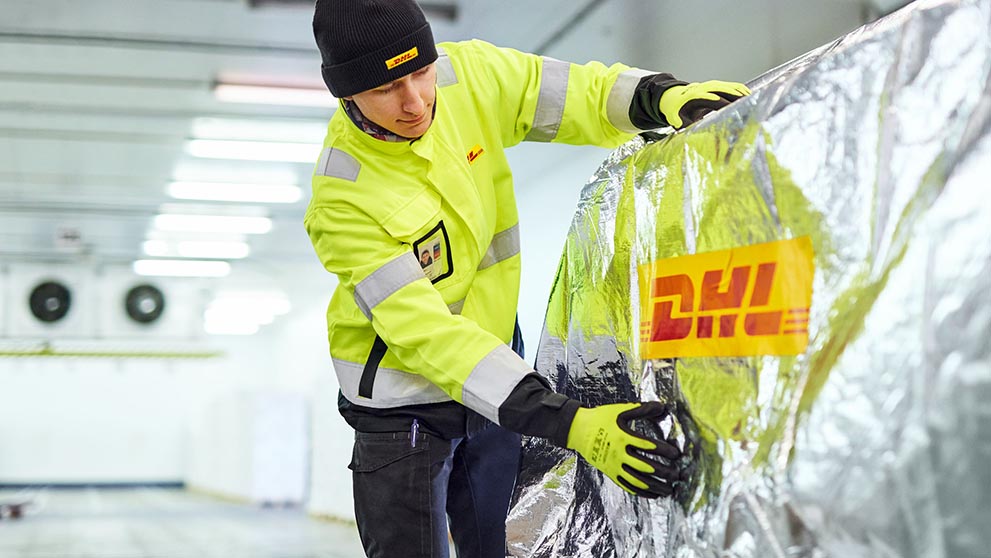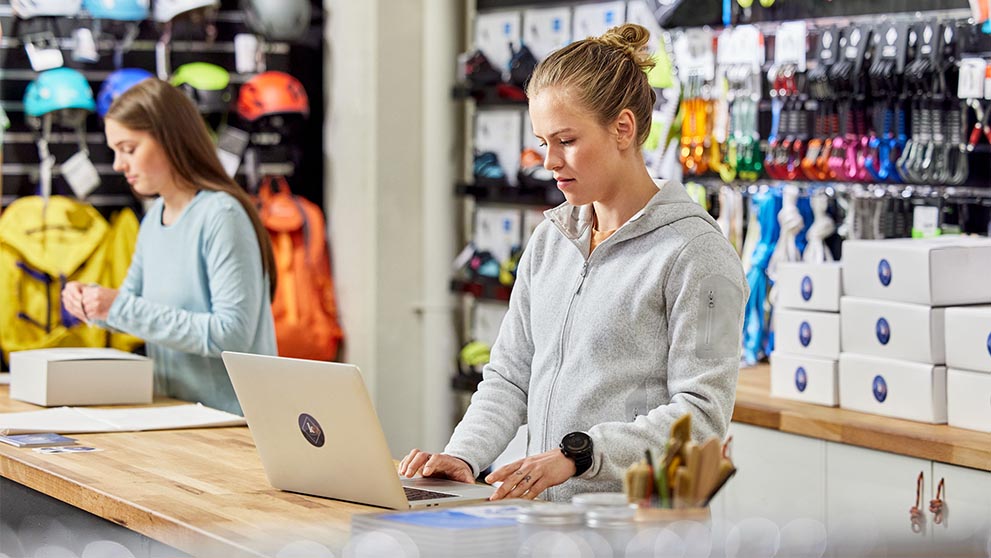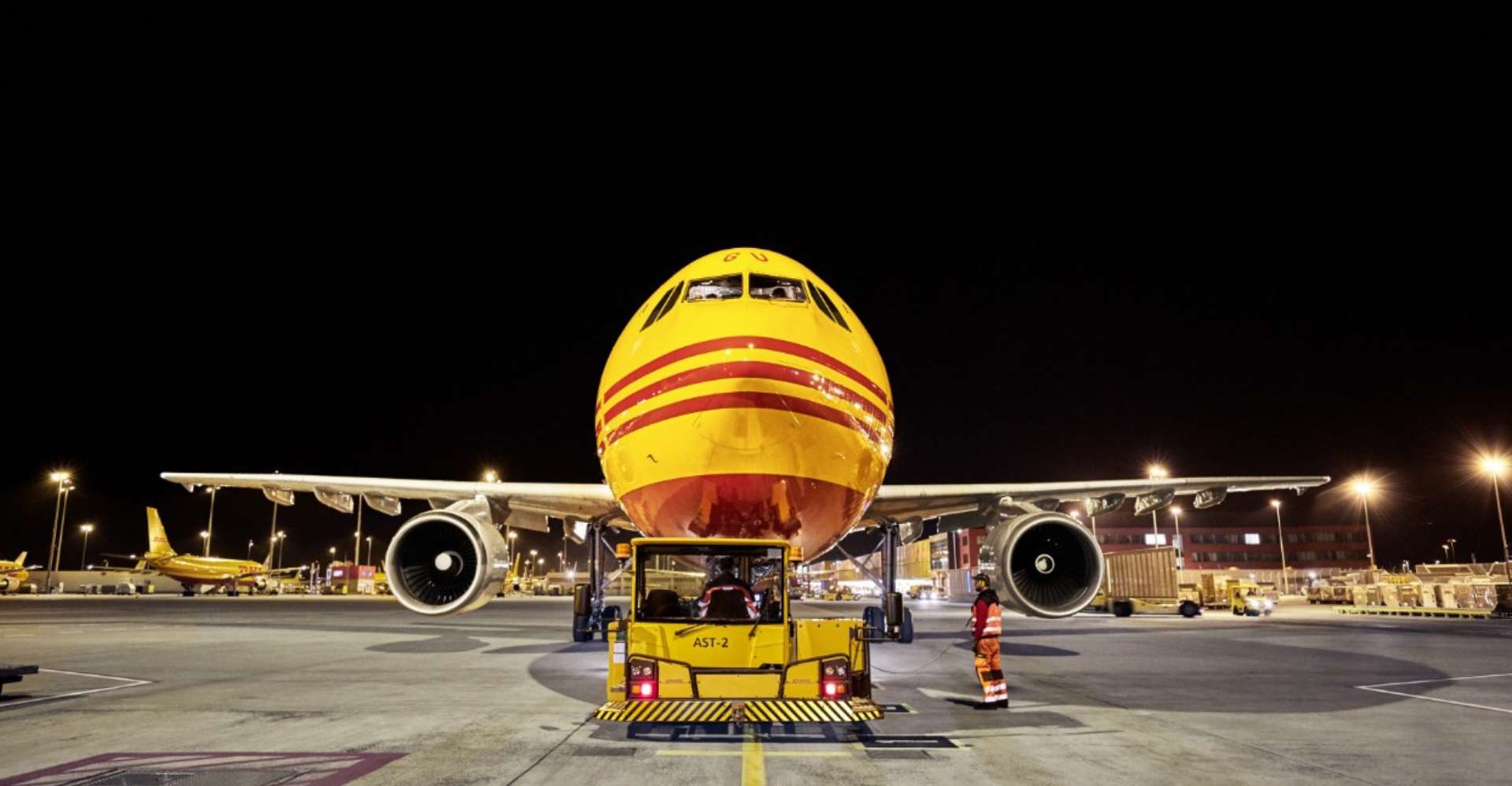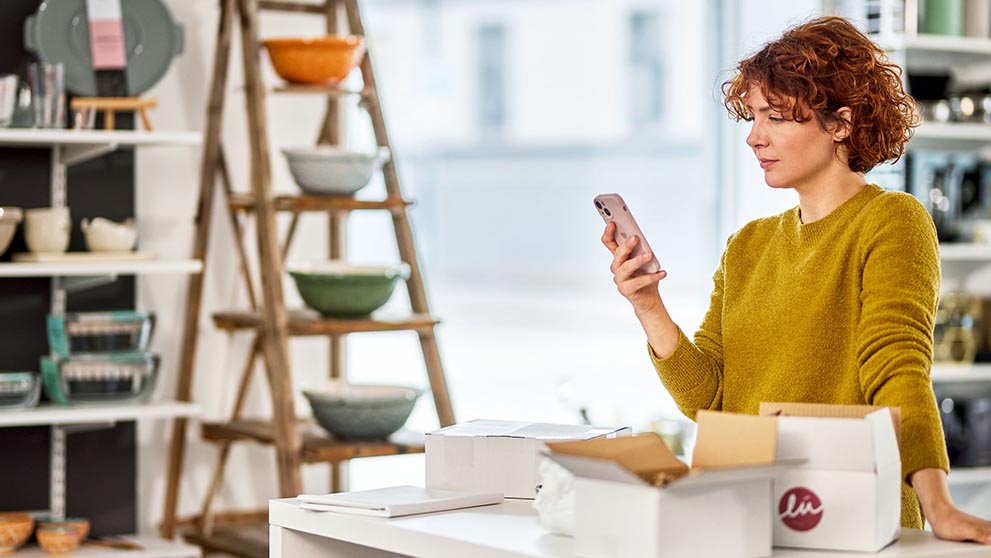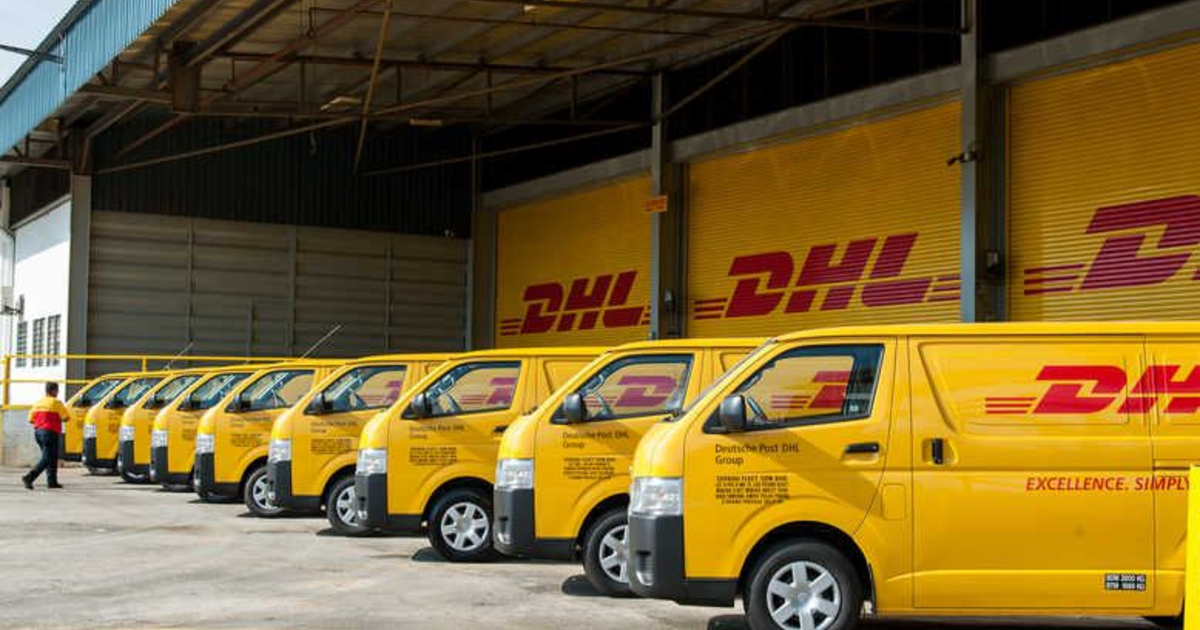
All you need to know about sending your first shipment with DHL Express! Our comprehensive guide will walk you through the steps to get started.
SHIPMENT PREPARATION
Your air waybill (AWB) is arguably the most important piece of document when you are shipping internationally. It contains all the instructions and information about the contents and characteristics of your shipment that is necessary for transportation. But more importantly, the AWB is the document that proves the ownership of the shipment – based on the details of the sender and recipient.
Properly furnishing the details of your waybill can play a big part to facilitate a smooth journey for your shipment. Below we will discuss the various fields of the AWB, and how you can go about creating one in a few minutes!
The waybill is usually attached to the exterior of the shipment for anyone handling the shipment to easily access important details.
A look at the DHL Express waybill.
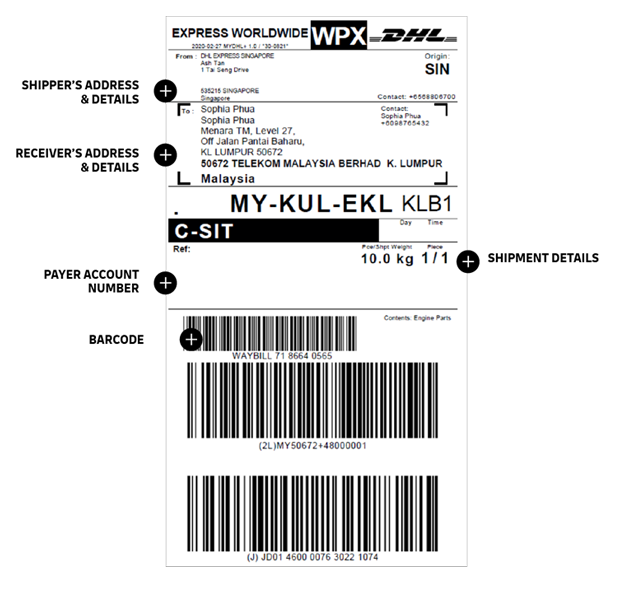
SHIPPER DETAILS & DETAILS
Details will be referred to as the main point of contact in-charge of the shipment.
RECEIVER’S ADDRESS & DETAILS
Identifies your intended recipient and the destination address.
PAYER ACCOUNT NUMBER
A valid DHL Express account number to determine who pays for the transport fees.
SHIPMENT DETAILS
State the weight, dimensions, and a clear description of the contents should be accurately.
BARCODE
The barcode is scanned throughout the network to give you accurate tracking updates! Make sure this portion of the waybill is not defaced or blocked before handing over your shipment.

SHIPPER DETAILS & DETAILS
Details will be referred to as the main point of contact in-charge of the shipment.
RECEIVER’S ADDRESS & DETAILS
Identifies your intended recipient and the destination address.
PAYER ACCOUNT NUMBER
A valid DHL Express account number to determine who pays for the transport fees.
SHIPMENT DETAILS
State the weight, dimensions, and a clear description of the contents should be accurately.
BARCODE
The barcode is scanned throughout the network to give you accurate tracking updates! Make sure this portion of the waybill is not defaced or blocked before handing over your shipment.
- Unless the duties & taxes paid (DTP) service is selected, they will be borne by the consignee. If nothing is indicated, duties & taxes unpaid (DTU) is the default.
- The weight and dimensions of your shipment that you have declared will be subject to re-weigh and you will be billed accordingly, if applicable.
- The shipper’s address and details should reflect you or your company’s name, telephone or mobile number, email address and your complete mailing address including postal code.
- The receiver’s address and details must include the company or individual’s name – a valid contact person, contact number, email address, as well as complete mailing address including postal code.
- The shipment information will be used for customs clearance to ensure that the details tally with the actual contents and the shipping invoice.
- Air waybills have an expiration date and will be invalid beyond that.
- You will be prompted to provide a sender/receiver Tax ID for many countries if your shipment is for a sale of goods, please have this handy.
Your new DHL Express air waybill will be identified by a unique 10-digit code known as your AWB number. It acts as the reference for your shipment in the event that you need to communicate with us for anything about your shipment!
Now that you’ve learnt how to create your own waybill, we can proceed to the next step.
Create your waybill on MyDHL+ now!Invoices are only required for parcel shipments – they do not apply for shipping documents. The invoice is used to clear customs and should contain accurate information that corresponds to the contents of the shipment, and what is indicated on the waybill.
Take a closer look at the details required in your shipping invoice.
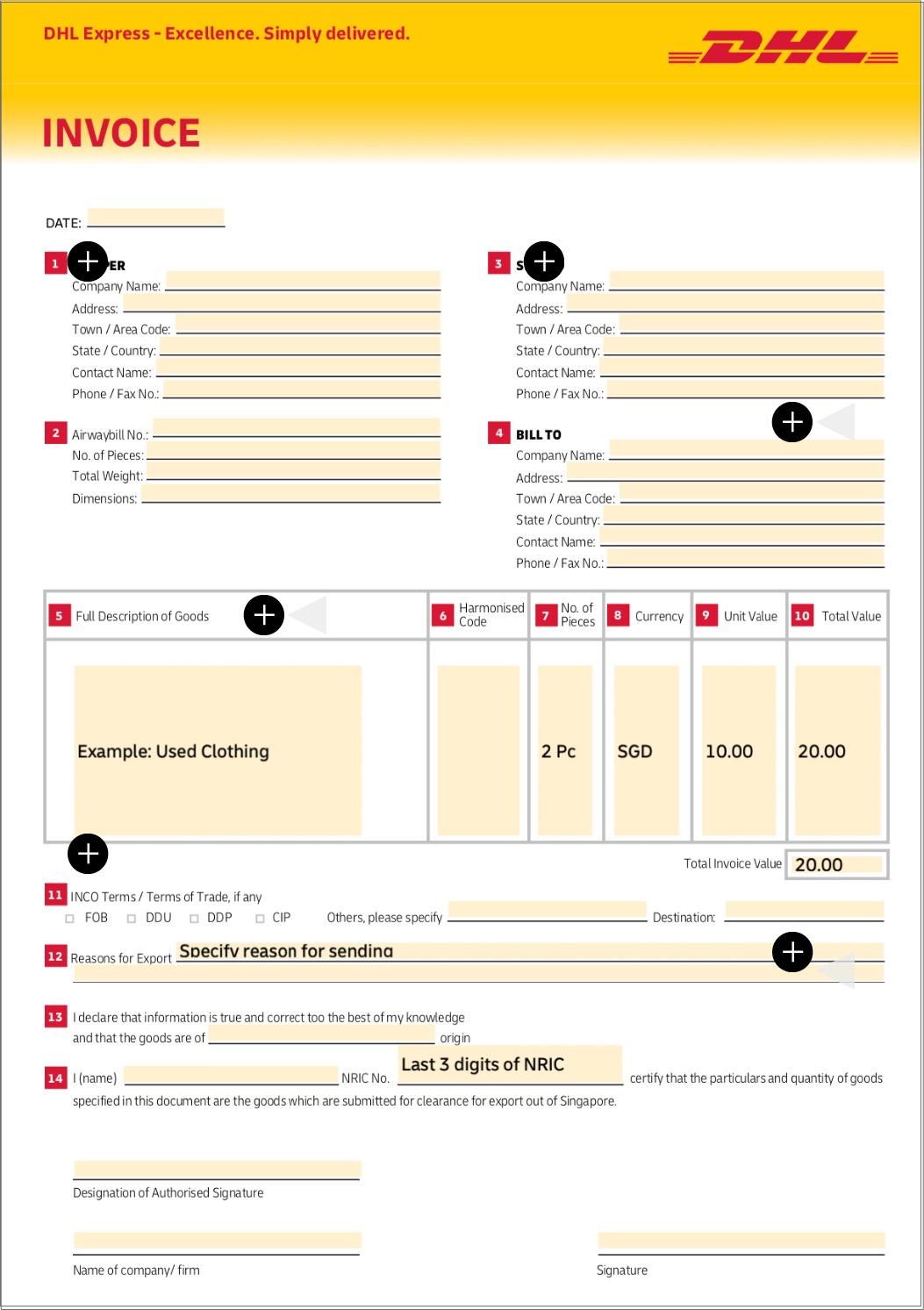
SHIPPER & RECEIVER
Indicate the details of the sender. In most cases, the shipper will be the main point of contact should DHL Express need to contact anyone for instructions.
INCOTERM
Indicate the shipping terms between shipper and receiver. Read more about Incoterms here.
SHIP TO
Indicate the details of the receiver.
DESCRIPTION OF GOODS
Details (in English) of the contents you are shipping, the quantity, weight, dimensions and total value. This portion should be as descriptive as possible as it will be used by customs to determine how the shipment is categorised and cleared. Discrepancies might lead to unnecessary delays or, in most drastic situations, confiscation by customs.
BILL TO
Indicate the correct billing agency. A different entity from the same country as the recipient that will be paying for the duties and taxes of the shipment. If this field is left blank, the receiver will be accountable.
REASON FOR EXPORT
Specify the reason for shipping, it is best to indicate the intended end purpose of the shipment.

SHIPPER & RECEIVER
Indicate the details of the sender. In most cases, the shipper will be the main point of contact should DHL Express need to contact anyone for instructions.
INCOTERM
Indicate the shipping terms between shipper and receiver. Read more about Incoterms here.
SHIP TO
Indicate the details of the receiver.
DESCRIPTION OF GOODS
Details (in English) of the contents you are shipping, the quantity, weight, dimensions and total value. This portion should be as descriptive as possible as it will be used by customs to determine how the shipment is categorised and cleared. Discrepancies might lead to unnecessary delays or, in most drastic situations, confiscation by customs.
BILL TO
Indicate the correct billing agency. A different entity from the same country as the recipient that will be paying for the duties and taxes of the shipment. If this field is left blank, the receiver will be accountable.
REASON FOR EXPORT
Specify the reason for shipping, it is best to indicate the intended end purpose of the shipment.
- The invoice is mainly used as a supporting document for the value declared on the AWB.
- You can create an invoice on MyDHL+ or you can fill in this template.
- Completing an electronic invoice on MyDHL+ is preferred to any paper/image invoice the shipper can provide.
- Make sure your invoice accessible on the shipment – do not seal the invoice within the box.
- If you are shipping multiple items, your invoice should give a breakdown of each item.
- If you are shipping a used or personal item, you should still declare the original dollar value of the item, but indicate clearly on your invoice and waybill that it is a used or personal item.
It is important to understand that the creation of your air waybill and shipment invoice is your responsibility. The details of these documents acts as your declaration. DHL Express will assist to guide you by offering advice and tips – but we will not be able to create it on your behalf. Now that you’re orientated to the necessary paperwork for sending an international shipment, you’re almost ready to hand over your shipment to us!
Create your Invoice on MyDHL+ now!PACKING GUIDE
When shipping internationally, your document or parcel travels within the DHL Express network, transiting through multiple facilities, people, vehicles and airplanes. A well-packed shipment can reduce the risks of damage, ensuring your consignee receives the contents in pristine condition.
While DHL Express does our very best to handle your shipments carefully, it is important to remember that the responsibility of the packaging lies with the shipper.
1. Assess what you are shipping
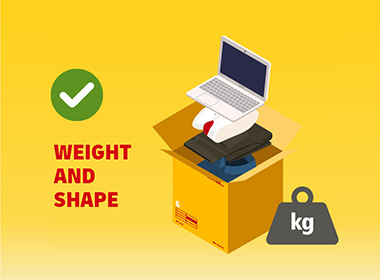
Start by determining the weight and shape of your shipment to help you decide on a suitable external packaging. Heavier shipments will require a more durable box or even a double layer of packaging.
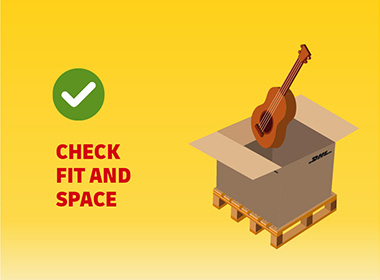
For odd-sized shipments, you should select a box that can fit your shipment comfortably while leaving sufficient room for inner packaging materials to eliminate excess spaces.
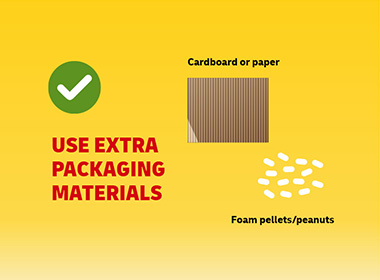
For more valuable shipments, you might want to take the extra initiative to wrap your shipment and use 2 types of inner packaging material for added protection.

Similarly, for more fragile shipments, it is advised to take additional precautionary measures to protect the weaker points of your item.
2. Packaging Materials
After having a better understanding of your shipment profile, you have to decide on the ideal external and internal packaging material that will garner optimal protection for your shipment.
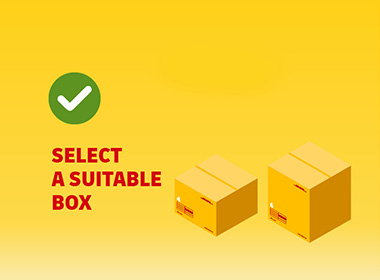
EXTERNAL PACKAGING
Select a suitable, preferably new box that can fit the contents of your shipment with about 6cm of excess space. If you are unable to find a suitable box, you can self-lodge , your shipment into one of our retail points, where you will have an option of 8 different boxes to choose from.
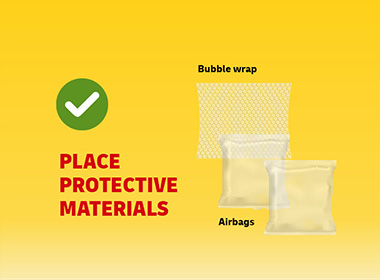
INTERNAL PACKAGING
Lay the bottom of the box with protective inner packaging material. Some good examples include bubble wrap, foam blocks or chips, and cushions.

INTERNAL PACKAGING
Place the contents to be shipped on the bed of protection within the box and fill the void spaces with more protective materials until there is no empty space.
No boxes? No problem!
Let us know what kind of external packaging you need and we will provide you with the boxes.
3. Sealing
Tape up all the edges and seams of the box, it is advisable to reinforce the edges as they are most susceptible to compression during transportation.
TIP: If you are a non-account holder, please do not seal your shipment until the courier has inspected its contents upon collection.
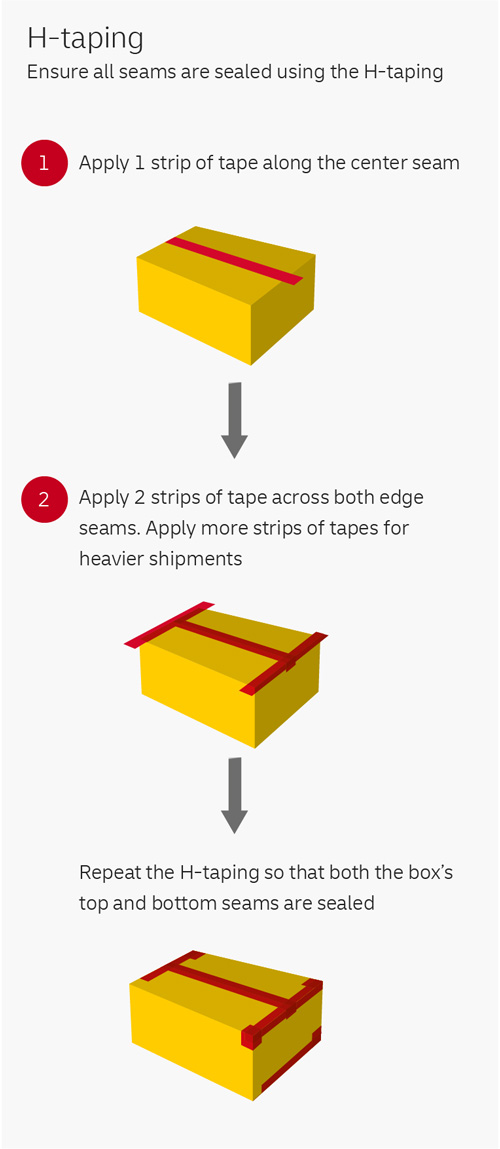
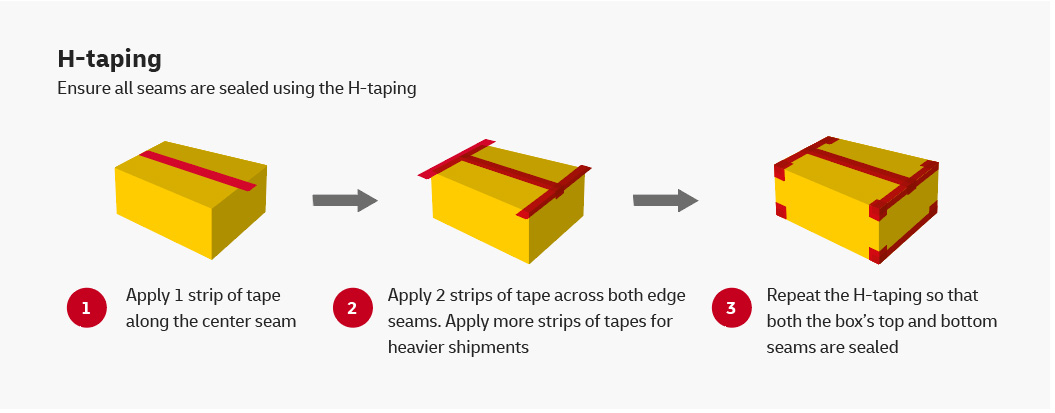
4. Labelling
Stick on any special handling label you might have, our staff will take the necessary measures to adhere to it.
Paste your shipping label (DHL air waybill) on the top of the box for easy reference.
Ensure that no other older labels or duplicate labels are on the box as it might confuse our scanners, affecting the routing of the shipment.
Apply a plastic pouch to house any other documents that is necessary to the shipment, for example: your shipping invoice.
Handling Labels
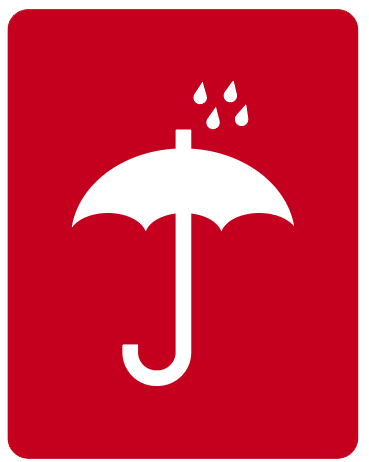
Keep dry
The package must be protected from excessive humidity and be stored under cover.

Fragile/Handle with care
The package is potentially breakable and must be handled carefully.
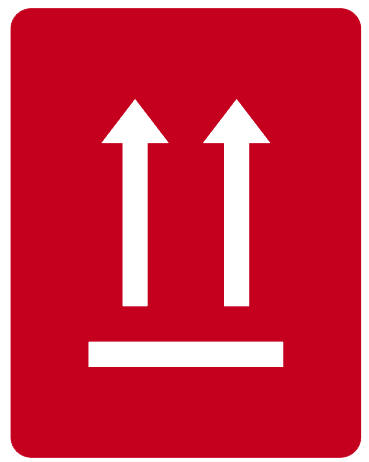
This way up
The upward arrow shows the direction that the package must be transported handled and stored.
Every shipment has different packaging requirements, this guide should not be perceived as a final solution for all customers.
The final step before you entrust your shipment to DHL Express is scheduling your shipment collection.
How to Arrange a DHL Express Collection?
Once your shipment is within our care, you can go ahead and track your shipment. The information will show real-time updates of your shipment, giving you amply information for an accurate estimate on the delivery timing.
For further assistance, do not hesitate to call our friendly customer service team!
Get started now!


